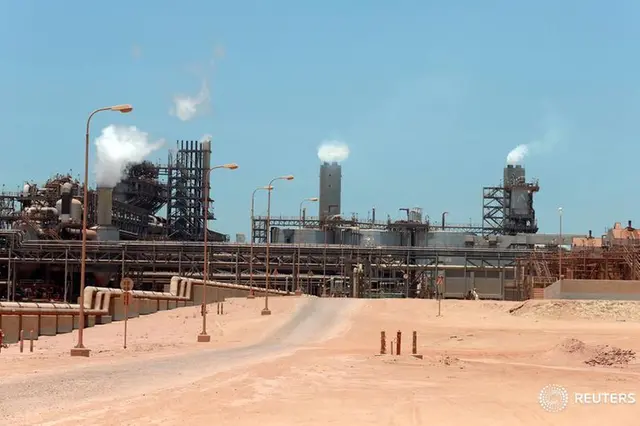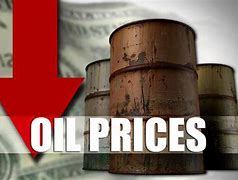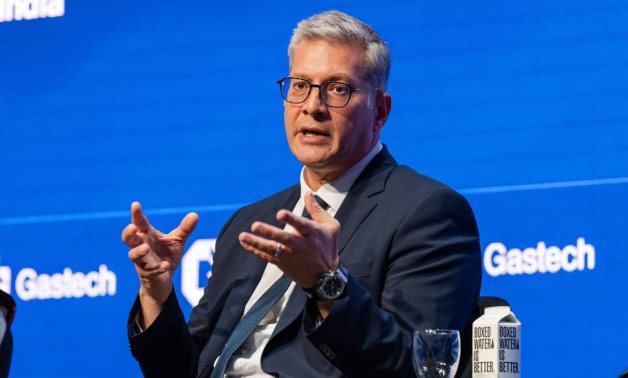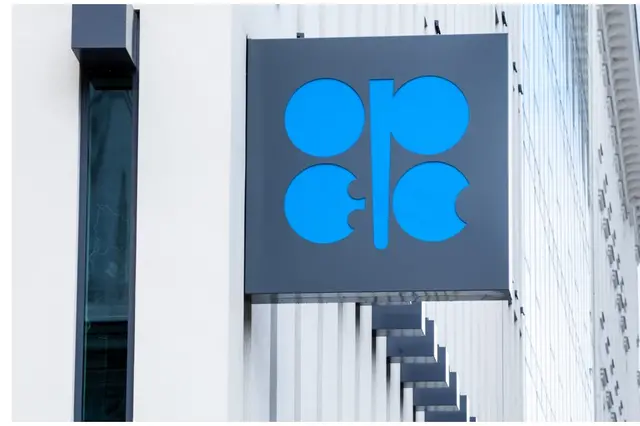Energy

Global Energy Markets on Edge: How Middle East and Ukraine Conflicts Shape 2025

2025 is poised to be a year of heightened geopolitical tension with significant implications for global energy markets. Several volatile conflicts, including the ongoing war in Ukraine, the Israeli-Palestinian conflict, and the instability in Syria and Iran, threaten to disrupt the global order and fuel further uncertainty.
The war in Ukraine has already had a profound impact on energy markets, leading to increased volatility in oil and gas prices. The potential for further escalation in the conflict, coupled with the possibility of renewed tensions between Russia and the West, could exacerbate these disruptions.
The Israeli-Palestinian conflict remains a major source of instability in the Middle East, with the potential to trigger wider regional conflicts. Any significant escalation in violence could disrupt oil supplies from the region and further destabilize global energy markets.
The situation in Syria and Iran is also fraught with uncertainty. The continued civil war in Syria has created a power vacuum that has been exploited by various factions. The Iranian nuclear program remains a major source of concern, with the potential to trigger a regional arms race.
These conflicts, along with other regional tensions, are likely to create a volatile environment for global energy markets in 2025. The potential for supply disruptions, coupled with increased geopolitical risk, could lead to further price volatility and exacerbate the challenges facing the global economy.
The Ukraine War in 2025: A Precarious Outlook
The Ukraine war remains a pivotal conflict shaping the geopolitical dynamics of 2025. While Donald Trump has promised to end the conflict upon his return to the White House, the fundamental disagreement between Ukrainian and Russian visions of a settlement makes any resolution highly unlikely. The geopolitical landscape in 2025 remains tense as the war in Ukraine continues to dominate discussions in Moscow, Brussels, and beyond. The Russian President, Vladimir Putin, maintains his vision of military superiority and commitment to achieving Russia’s war targets, while European leaders emphasize unwavering support for Ukraine. The European Union has adopted its 15th sanctions package against Russia and is working to bolster Ukraine’s military capabilities, reflecting a hardened stance despite the looming uncertainties of Donald Trump’s return to the U.S. presidency.
Trump’s push for a resolution to the Ukraine conflict adds a layer of complexity, with European leaders wary of any ceasefire or deal that could enable Russia to regroup and pose a greater threat in the future. EU leaders remain focused on ensuring Ukraine has the resources to continue its defense, understanding the risks of abandoning Kyiv to fight alone. Meanwhile, Putin touts daily territorial gains and unprecedented damage to Ukraine’s infrastructure, underscoring his belief in Russia’s military momentum and his resolve to achieve strategic objectives.
For Ukraine, the outlook is precarious. Faced with pressure from Trump’s administration to negotiate, unyielding military attack from Russia, and the expectations of European allies, President Zelensky has limited options. Kyiv must balance its defensive efforts with diplomatic maneuvers, hoping that Europe strengthens its own defense capabilities. The coming year will test the resolve and unity of Ukraine and its allies, as well as their ability to deter Russia and safeguard European security.
Syria: A New Chapter or Deeper Chaos?
The Syrian conflict, now entering its 14th year, has undergone a significant transformation with the fall of Damascus to nonstate armed groups and the flight of President Bashar al-Assad to Moscow in late 2024. This unexpected turn has created both challenges and opportunities, raising critical questions about Syria’s prospects in 2025. The country stands at a crossroads, with a fragile hope for peace and stability tempered by the risks of renewed violence and deepening humanitarian crises.
Syria’s humanitarian situation remains dire, with 72% of the population reliant on aid. Hyperinflation and the collapse of the Syrian currency have made food unaffordable, while malnutrition rates among children under five are alarming. The effects of the 2023 earthquakes and persistent drought have compounded the crisis. In 2025, these pressures are likely to worsen, particularly if conflict persists or escalates. Overcrowded camps and damaged infrastructure could exacerbate health risks, including the spread of cholera.
The newly ascendant armed opposition faces internal challenges. The potential for infighting among factions with differing ideologies and regional affiliations could destabilize the situation further.
The possibility of Syria becoming a battleground for international rivalries remains high. Increased Turkish military actions in northern Syria and the involvement of external powers could derail stabilization efforts. The international community has shown a renewed interest in supporting Syria’s recovery, but such interventions must avoid reigniting proxy conflicts.
Iran-Israel Showdown Looms
The prospects for Israeli conflicts with Hamas in Gaza, Iran, and its proxies in Yemen and Lebanon in 2025 are deeply concerning, reflecting a high likelihood of escalation and regional instability.
The Gaza war, entering its 15th month, remains a central flashpoint. Israel’s military campaign has inflicted devastating casualties, while Gaza’s humanitarian crisis continues to worsen. The potential for ceasefire negotiations remains slim, particularly with external political dynamics, including the return of the Trump administration, which may embolden Israel to pursue more aggressive policies. A forced displacement of Palestinians or a full annexation of Gaza would trigger widespread regional unrest, further straining Israel’s relations with neighboring states.
In the main time, Iran’s direct and proxy confrontations with Israel are likely to escalate, particularly in light of a renewed U.S. “maximum pressure” campaign. Tehran’s support for Hezbollah in Lebanon and the Houthis in Yemen makes these groups critical elements in its broader strategy to counter Israel. In Lebanon, despite a fragile ceasefire, Israel’s recent military actions and assassination of key figures suggest it views ongoing conflict as a means to weaken Hezbollah. Similarly, in Yemen, Israel’s military efforts to target the Houthis will likely intensify. However, the Houthis’ geographic distance and strong local support present significant challenges for Israel’s military strategy.
The intertwined nature of these conflicts suggests a potential for broader regional war. Any Israeli strikes on Iranian nuclear facilities could provoke a direct confrontation with Tehran, dragging the U.S. and other actors into the conflict. Meanwhile, increased Houthi maritime and missile strikes and Hezbollah’s retaliatory actions in Lebanon could destabilize critical trade routes and exacerbate global tensions. The possibility of involvement of external powers like Russia and China in supporting Iran and its proxies adds another layer of complexity, setting the stage for heightened geopolitical competition in 2025.












